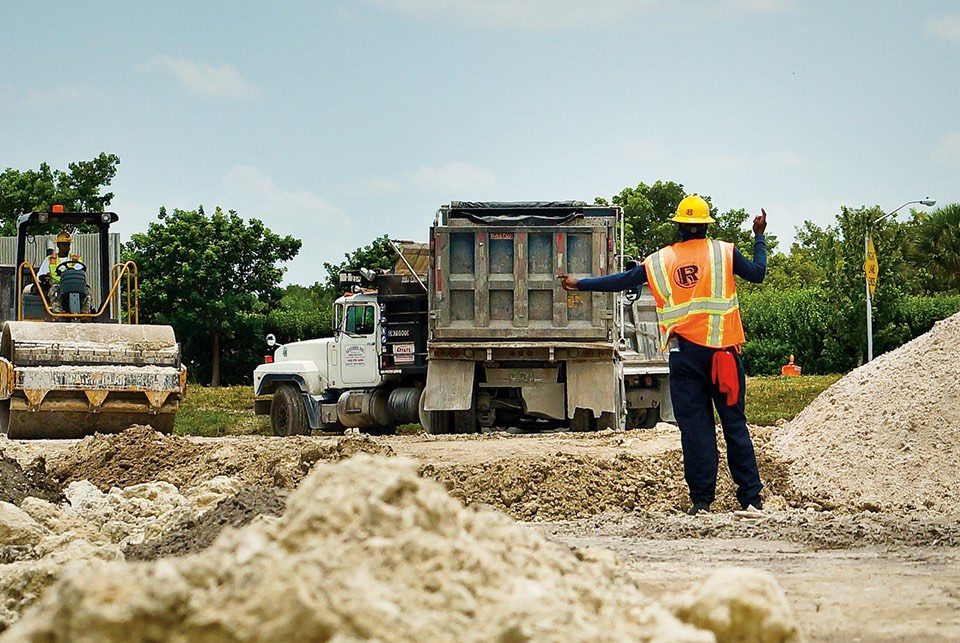
That’s Made of WHAT?? Things You Never Knew We Made From Limestone
February 8, 2018
Here’s How Your Local Quarry is Helping YOUR Community!
February 20, 2018Lime in Our History
No one is precisely certain as to when humans first discovered lime. It is possible that our ancestors used limestone rock to protect their fire pits. The fire then heated the rocks, and the first burnt lime was created.
Limestone serves as one of the most popular and versatile stones in the history of the world and has maintained this status for thousands of years. Unfortunately, many people are completely unaware of the extent limestone has played a role throughout the world’s history.
From the pyramids and ancient temples to courthouses and our homes, limestone has shaped our modern existence with its natural beauty and versatility.
Here are a few exciting ways that cultures have employed limestone throughout our history to create architectural and artistic masterpieces throughout our history.
The Sphinx
The Sphinx is carved from natural limestone. It is the largest monolith statue in the entire world and was built over four thousand years ago. Many people are unaware that the Great Sphinx was actually constructed entirely out of limestone. The very same material found in our buildings, hospitals, and roads to this day.
Blocks of limestone weighing upwards of 200 tons were quarried in the construction phases. These blocks were used to build the adjoining Sphinx Temple an additional astonishing facet of the ancient marvel.
The Great Pyramid
The great pyramid is known as one of the Seven Wonders of the Ancient World. The surface stone of the Great Pyramid is made from highly polished white limestone that has to be carefully and precisely cut to provide the correct dimensions and proper slant. This was necessary to construct the pyramid’s unique design. This process included finding the right kind and size of the stones, to transporting them to Giza during the right times. The stones came from numerous different quarries, including the limestone quarries on the Giza plateau, and white limestone from areas upriver.
The Parthenon
The Ancient Greeks also frequently utilized limestone. They incorporated the material into several facets of their architecture, including the Parthenon. The Parthenon is one of the earliest uses of the limestone column, a design that people still employ in designs all across the world today.
Ancient Grecian architects would oversee every part of the building process. This means they were involved in choosing the stones, designing and planning the buildings, cutting the materials, and then, of course, construction.
Limestone and marble served as the chief building materials in ancient Greece. Quarrying and transporting the stones was labor-intensive, using hand tools to shape the stones, and a labor force to put the blocks into place.
The Lincoln Memorial
The Lincoln Memorial is built in a similar style to the Greek Temple. The interior walls and columns of the Lincoln Memorial were constructed from natural limestone, accurately reflecting the material used by the Greeks themselves.
The Empire State Building
The Empire State Building is one of the tallest and most impressive buildings in the entire United States. Although many people know about The Empire State Building as an architectural marvel, what they don’t know is that the building is constructed primarily from limestone.
Limestone as America’s Building Stone
Many consider limestone as the United States’ national building stone. However, the truth is that limestone has been incorporated into many of the world’s greatest engineering, architectural, and artistic marvels. Limestone’s elegance, versatility, and timelessness certainly contribute to its status as one of the most important stones in the entire world.
Limestone today serves a critical role that cannot go unmentioned. Limestone aggregate represents an essential raw material in manufacturing cement. In our modern times, cement is the critical element of the construction industry.
Cement is used in various construction mixtures to meet specific needs like concrete foundations, building block, interstate construction, roadway asphalt, etc.
The highest quality limestone for producing aggregate materials in the state of Florida comes from the Lake Belt Region in western Miami-Dade County. The limestone quarrying activities in this area provide Florida with an inexpensive and efficient way to obtain aggregates and further helps keep the area’s construction costs as some of the lowest in the U.S.
Limestone has proven to be one of the most versatile stones, used throughout human history. In light of its versatility and reliability, it is easy to see why the material is so desired and critical to our lives.




